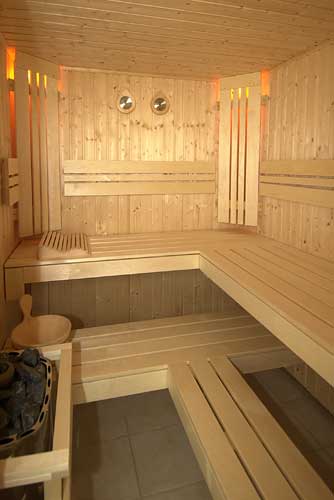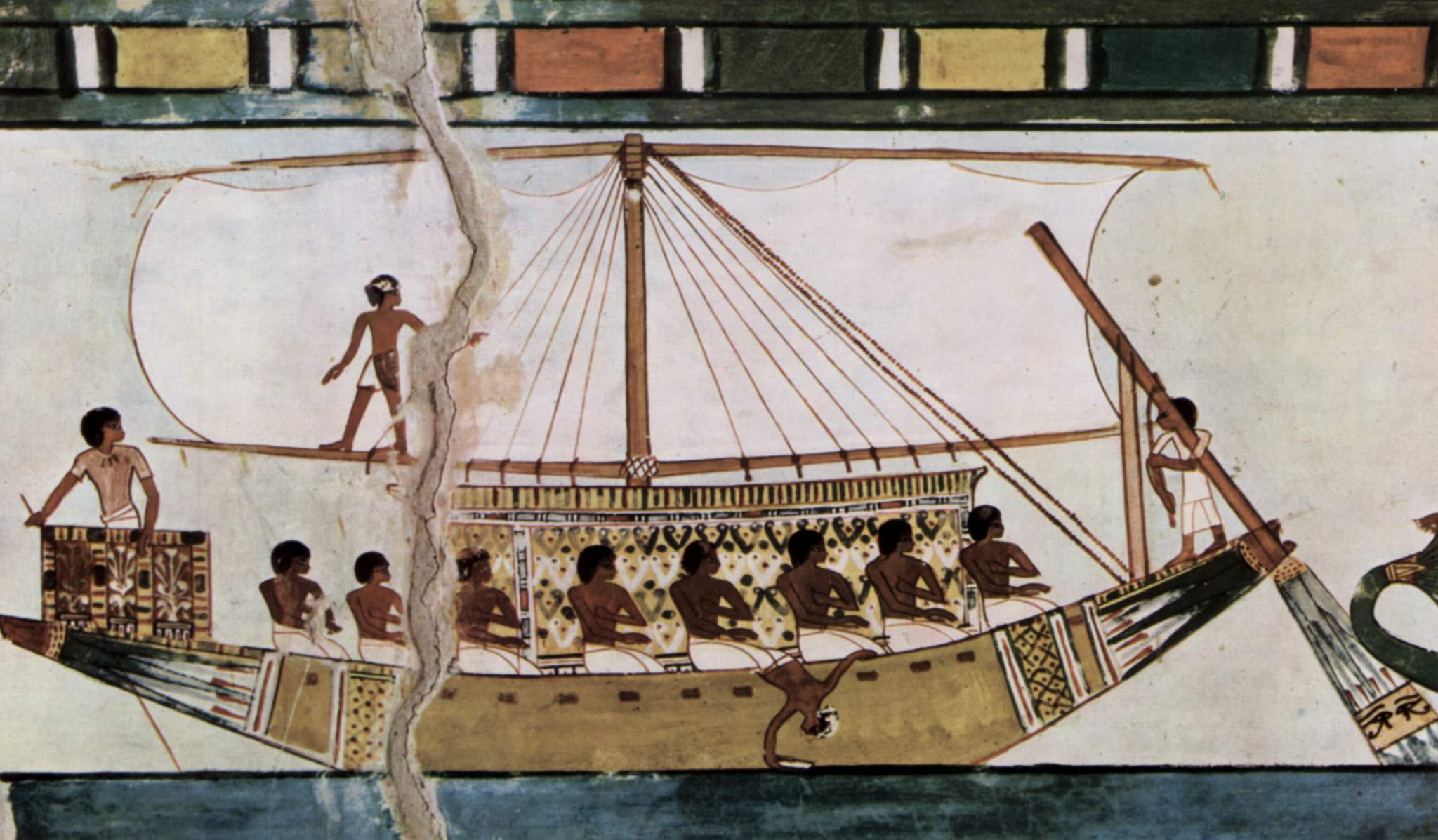|
Finnicism
A finnicism or fennicism is a word or grammatical feature borrowed from Finnic languages into a non-Finnic one. Most often they occur in the contacting languages: Indo-European (Slavic, Germanic and Baltic), other Ugric languages, as well as Turkic (Chuvash, Tatar). A well-known Finnicism in many languages is "sauna". A few of them exist in Lithuanian, e.g., ''burė'', sail (cf. Estonian and Finnish ''purje''), ''laivas'', ship (cf. Finnish ''laiva''), etc. reports that there are about 500 finnicisms in Latvian. In particular, there was an influence of Livonian (and vice versa). An early record of Finnicisms in East Slavic manuscripts was reported in 1893 by Izmail Sreznevsky in his book ''Материалы для словаря древнерусского языка по письменным памятникам''. In Russian language there are many Finnic toponyms. The old Slavic word ''пъре'', from Finnish ''purje'', "sail", is used in the old ''Primary Chronicle''. ... [...More Info...] [...Related Items...] OR: [Wikipedia] [Google] [Baidu] |
Sauna
A sauna (, ) is a room or building designed as a place to experience dry or wet heat sessions or an establishment with one or more of these facilities. The steam and high heat make the bathers perspire. A thermometer in a sauna is used to measure temperature; a hygrometer can be used to measure levels of humidity or steam. Infrared therapy is often referred to as a type of sauna, but according to the Finnish sauna organizations, infrared is not a sauna. History Areas such as the rocky Orkney islands of Scotland have many ancient stone structures for normal habitation, some of which incorporate areas for fire and bathing. It is possible some of these structures also incorporated the use of steam in a way similar to the sauna, but this is a matter of speculation. The sites are from the Neolithic age, dating to approximately 4000 B.C.E. Archaeological sites in Greenland and Newfoundland have uncovered structures very similar to traditional Scandinavian farm saunas, some with b ... [...More Info...] [...Related Items...] OR: [Wikipedia] [Google] [Baidu] |
Finnic Languages (other)
Finnic languages, also known as Baltic Finnic languages, are a branch of the Uralic languages spoken around the Baltic Sea. Finnic or Fennic languages may also refer to: * Finno-Permic languages, a hypothetical major branch of the Uralic languages See also *Finnic peoples *Finno-Ugric languages Finno-Ugric () is a traditional linguistic grouping of all languages in the Uralic language family except for the Samoyedic languages. Its once commonly accepted status as a subfamily of Uralic is based on criteria formulated in the 19th centur ... * {{disambiguation Finno-Ugric peoples ... [...More Info...] [...Related Items...] OR: [Wikipedia] [Google] [Baidu] |
Sail
A sail is a tensile structure, which is made from fabric or other membrane materials, that uses wind power to propel sailing craft, including sailing ships, sailboats, windsurfers, ice boats, and even sail-powered land vehicles. Sails may be made from a combination of woven materials—including canvas or polyester cloth, laminated membranes or bonded filaments, usually in a three- or four-sided shape. A sail provides propulsive force via a combination of lift and drag, depending on its angle of attack, its angle with respect to the apparent wind. Apparent wind is the air velocity experienced on the moving craft and is the combined effect of the true wind velocity with the velocity of the sailing craft. Angle of attack is often constrained by the sailing craft's orientation to the wind or point of sail. On points of sail where it is possible to align the leading edge of the sail with the apparent wind, the sail may act as an airfoil, generating propulsive force as air pa ... [...More Info...] [...Related Items...] OR: [Wikipedia] [Google] [Baidu] |
Livonian Language
Livonian ( or ) is a Finnic language whose native land is the Livonian Coast of the Gulf of Riga, located in the north of the Kurzeme peninsula in Latvia but also used to be spoken in the Salaca River valley. Although its last known native speaker died in 2013, a child, Kuldi Medne, born in 2020, is reported to be a native speaker of Livonian. Her parents are Livonian language revival activists Jānis Mednis and Renāte Medne. Also, there are about 40 reported L2 speakers and 210 having reported some knowledge of the language. Possibly uniquely among the Uralic languages but similarly to Latvian and Lithuanian, Livonian has been described as a pitch-accent language (or ''restricted tone language'', see below). Some ethnic Livonians are learning or have learned Livonian in an attempt to revive it, but because ethnic Livonians are a small minority, opportunities to use Livonian are limited. The Estonian newspaper erroneously announced that Viktors Bertholds, who died o ... [...More Info...] [...Related Items...] OR: [Wikipedia] [Google] [Baidu] |
Izmail Sreznevsky
Izmail Ivanovich Sreznevsky (; 13 June 1812, Yaroslavl – 21 February 1880, St. Petersburg) was a Russian philologist, Slavist, historian, paleographer, folklorist and writer. Life His father, Ivan Sreznevsky, was a prolific translator of Latin poetry who taught at the Demidov Lyceum in Yaroslavl before moving to Kharkov University. It was in Kharkov that Sreznevsky graduated in philology (in 1829) and gained a professorship (in 1842). He was a notable figure in the Ukrainian literary revival and compiled several multi-volume anthologies of local folklore, including ''Zaporozhian Antiquities''. In 1839–1842 he undertook a tour through every major library of Central and Eastern Europe with a view toward consulting the oldest extant Slavic manuscripts. In 1847 Sreznevsky moved to St. Petersburg, where he applied himself to the task of preparing a comprehensive dictionary of the Old Russian language. This work spanned several decades and involved the study and publication of nu ... [...More Info...] [...Related Items...] OR: [Wikipedia] [Google] [Baidu] |
Primary Chronicle
The ''Primary Chronicle'', shortened from the common ''Russian Primary Chronicle'' (, commonly transcribed ''Povest' vremennykh let'' (PVL), ), is a Rus' chronicle, chronicle of Kievan Rus' from about 850 to 1110. It is believed to have been originally compiled in or near Kiev in the 1110s. Tradition ascribed its compilation to the monk Nestor the Chronicler, Nestor (''Nestor's Chronicle'') beginning in the 12th century, but this is no longer believed to have been the case. The title of the work, ("Tale of Bygone Years") comes from the opening sentence of the Laurentian Codex, ''Laurentian'' text: "These are the narratives of bygone years regarding the origin of the land of Rus', the first princes of Kiev, and from what source the land of Rus' had its beginning". The work is considered a fundamental source for the earliest history of the East Slavs. The content of the chronicle is known today from the several surviving versions and codices, revised over the years, slightly var ... [...More Info...] [...Related Items...] OR: [Wikipedia] [Google] [Baidu] |
Finland Swedish
Finland Swedish or Fenno-Swedish (; ) is a Variety (linguistics), variety of the Swedish language and a closely related group of Swedish dialects spoken in Finland by the Swedish-speaking population of Finland, Swedish-speaking population, commonly also referred to as Swedish-speaking population of Finland, Finland Swedes, as their first language. For the most part, these dialects and the dialects spoken in Sweden are mutually intelligible, although some Swedish dialects in Ostrobothnia, archaic dialects in Ostrobothnia (administrative region), Ostrobothnia are practically unintelligible to Swedish-speaking people in southern Finland (and in Sweden). Most Swedish-speaking Finns emphasize that Finland Swedish is not a separate language from the Swedish of Sweden. The Swedish dialects in Finland are considered varieties of Swedish, and the norm for written Standard Swedish is completely applicable also for Finland Swedish. Today, Swedish dialects are spoken in four different regions ... [...More Info...] [...Related Items...] OR: [Wikipedia] [Google] [Baidu] |
Finland Swedes
Finland, officially the Republic of Finland, is a Nordic country in Northern Europe. It borders Sweden to the northwest, Norway to the north, and Russia to the east, with the Gulf of Bothnia to the west and the Gulf of Finland to the south, opposite Estonia. Finland has a population of 5.6 million. Its capital and largest city is Helsinki. The majority of the population are Finns, ethnic Finns. The official languages are Finnish language, Finnish and Swedish language, Swedish; 84.1 percent of the population speak the first as their mother tongue and 5.1 percent the latter. Finland's climate varies from humid continental climate, humid continental in the south to boreal climate, boreal in the north. The land cover is predominantly boreal forest biome, with List of lakes of Finland, more than 180,000 recorded lakes. Finland was first settled around 9000 BC after the Last Glacial Period, last Ice Age. During the Stone Age, various cultures emerged, distinguished by differen ... [...More Info...] [...Related Items...] OR: [Wikipedia] [Google] [Baidu] |
Finnic Languages
The Finnic or Baltic Finnic languages constitute a branch of the Uralic language family spoken around the Baltic Sea by the Baltic Finnic peoples. There are around 7 million speakers, who live mainly in Finland and Estonia. Traditionally, eight Finnic languages have been recognized. The major modern representatives of the family are Finnish language, Finnish and Estonian language, Estonian, the official languages of their respective nation states. ''ö'' after front-harmonic vowels. The lack of ''õ'' in these languages as an innovation rather than a retention has been proposed, and recently resurrected. Germanic loanwords found throughout Northern Finnic but absent in Southern are also abundant, and even several Baltic examples of this are known. Northern Finnic in turn divides into two main groups. The most Eastern Finnic group consists of the East Finnish dialects as well as Ingrian, Karelian and Veps; the proto-language of these was likely spoken in the vicinity of Lake ... [...More Info...] [...Related Items...] OR: [Wikipedia] [Google] [Baidu] |
Word Coinage
In linguistics, word formation is an ambiguous term that can refer to either: * the processes through which words can change (i.e. morphology), or * the creation of new lexemes in a particular language Morphological A common method of word formation is the attachment of inflectional or derivational affixes. Derivation Examples include: * the words ''governor'', ''government'', ''governable'', ''misgovern'', ''ex-governor'', and ''ungovernable'' are all derived from the base word ''(to) govern'' Inflection Inflection is modifying a word for the purpose of fitting it into the grammatical structure of a sentence. For example: * ''manages'' and ''managed'' are inflected from the base word ''(to) manage'' * ''worked'' is inflected from the verb ''(to) work'' * ''talks'', ''talked'', and ''talking'' are inflected from the base ''(to) talk'' Nonmorphological Abbreviation Examples includes: * ''etc.'' from et cetera Acronyms & Initialisms An acronym is a word formed from the ... [...More Info...] [...Related Items...] OR: [Wikipedia] [Google] [Baidu] |


